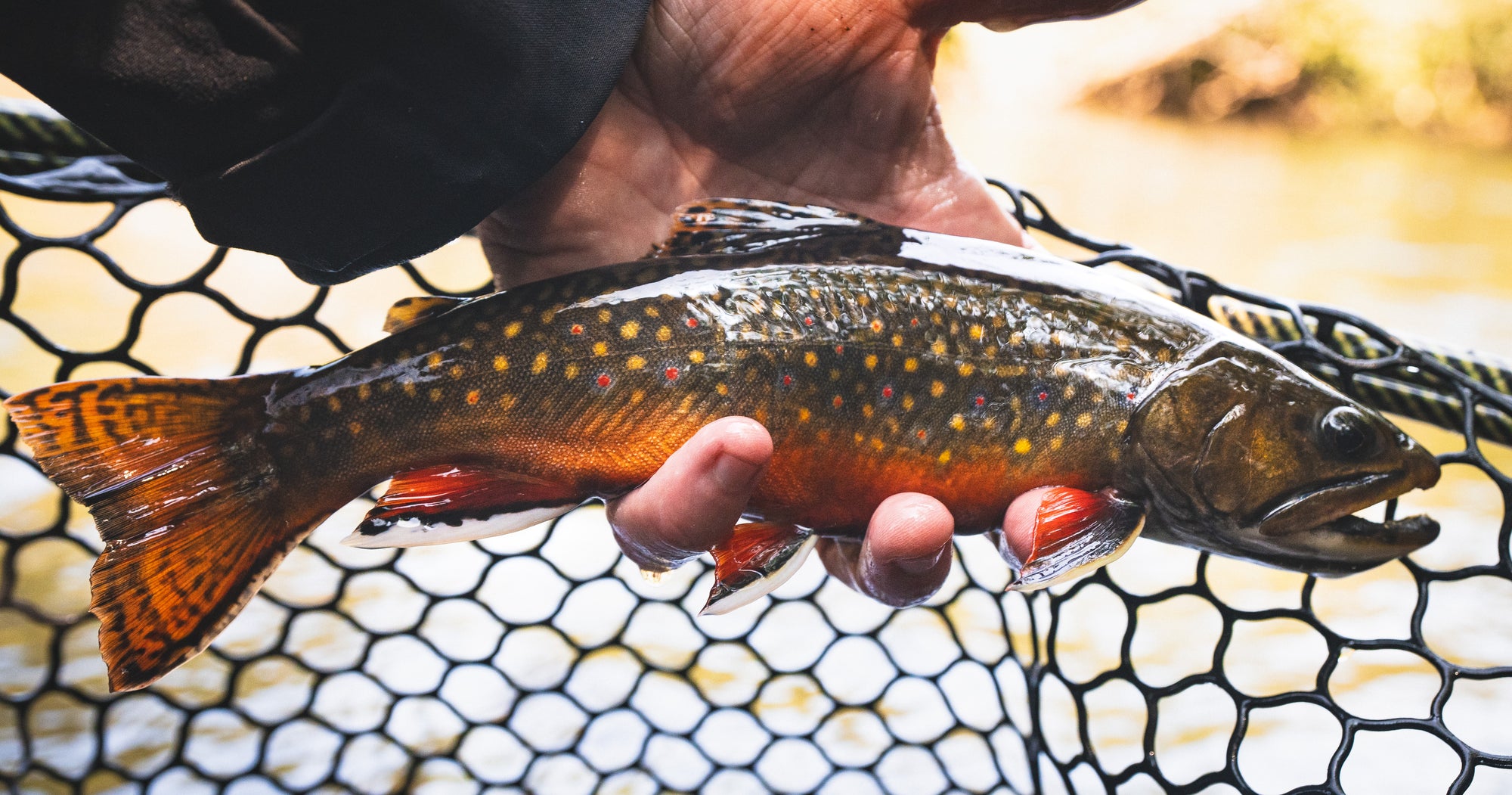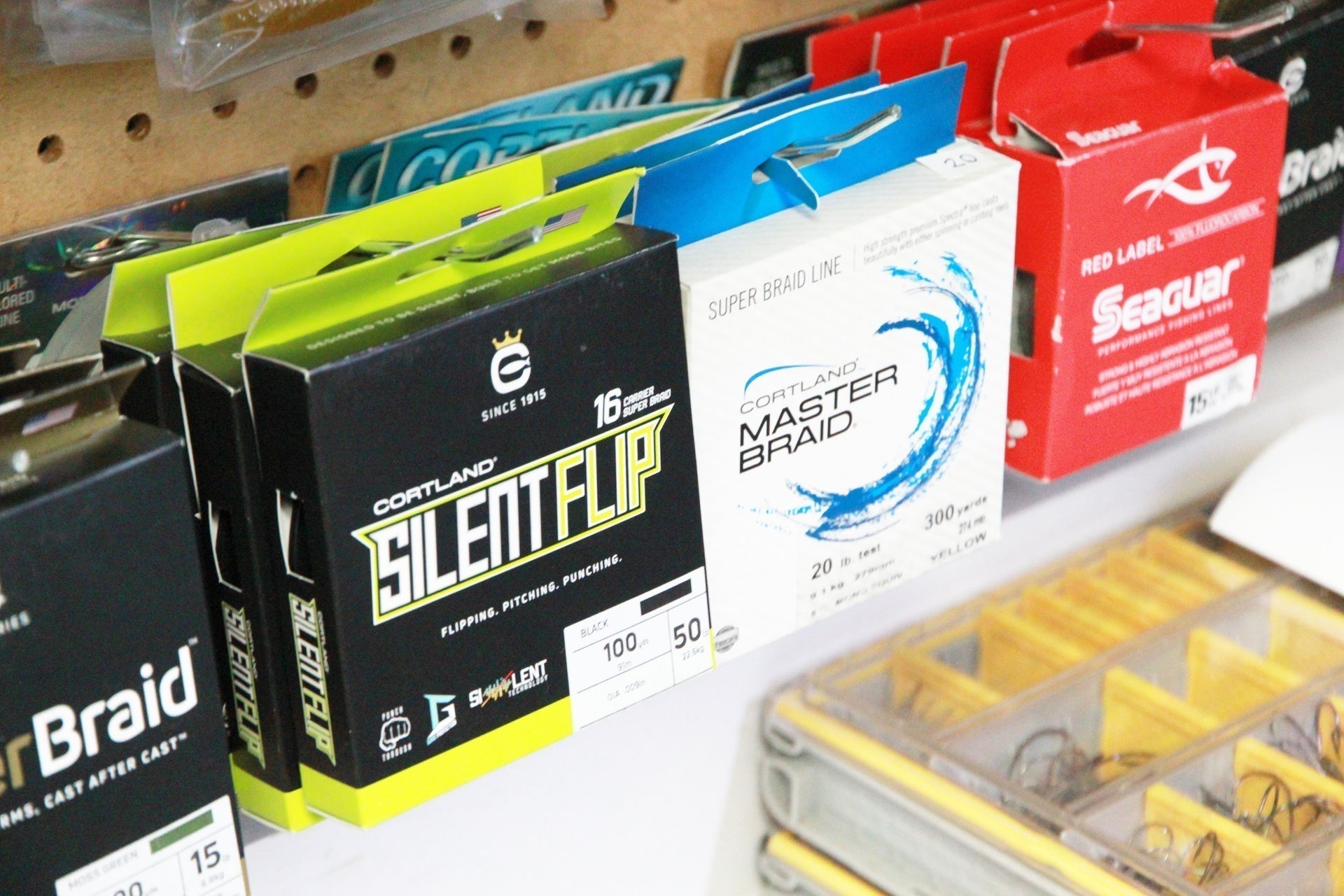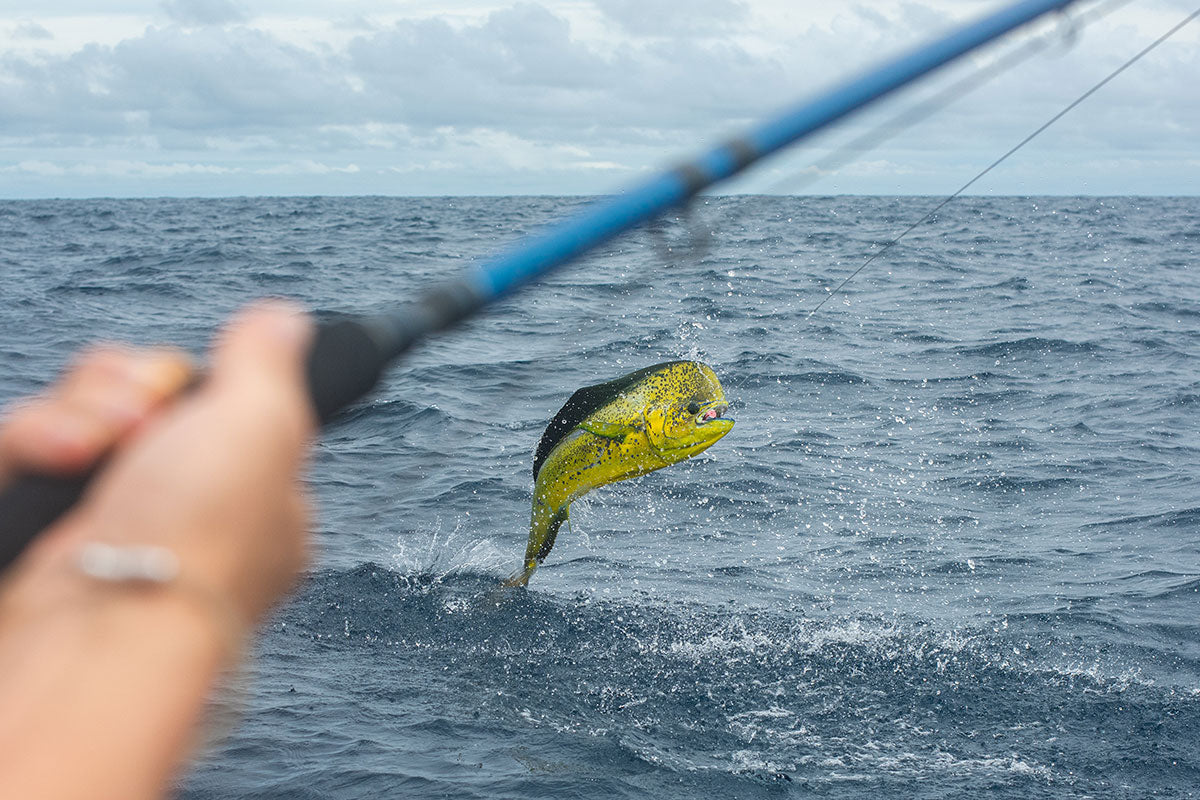Article Written by Seth Waters. Learn More About the author below / Article Read Time: 4 Minutes
Fly Fishing the Upper Peninsula of Michigan
If it wasn’t for my profession in fly fishing, I don’t think I’d have any idea how special my home water is. I say this because the Upper Peninsula of Michigan has some of the most diverse freestone rivers and spring creeks. They run into Lake Michigan and Lake Superior through hundreds of tributaries, and it is mind-blowing once you realize just how much cold water there is. The UP is home to arguably the highest density of public, wild, natural reproducing, milage of cold water anywhere in the U.S. But like I said, if it wasn’t for my profession, I wouldn’t know how blessed I am. For the first 8 years, I lived up here, I started fly fishing for trout. I had come from a background in music production that I survived off of for a little over the prior decade, which means that I only had one last rung on the ladder to go before I hit rock bottom. I went from a burnt-out musician to a trout bum. When I burned out on the music scene, I took the one thing that I effortlessly enjoyed and turned it into a job. However, to this day I make sure to conduct myself in a way that will promote longevity, not burnout. I don’t want to ruin this like I did with my passion for music. If that means that I don’t think an angler who is trying to book with our shop will get what they want out of a trip, I will tell them, “I am great at guiding trips that I like.” In the tattoo stage of life, a friend told me “Make sure the tattoo artist you choose is good at the style of art that you want done.” It had never before occurred to me that you could base expectations of service on the enthusiasm and passion of whoever you hire, including your fishing guide. Call it a pro tip, whatever you want. Anyway, I am still completely mind-blown every day at how rugged, vast, fruitful, and public our location in the Upper Peninsula of Michigan is. I’ve watched the people that have lived and fished here their entire lives, barely scratch the surface. And when you get onto the Northern portion of the UP it’s the frickin wild west.

The UP is about 10.5 million acres and roughly 8.5 million of it is national forest. Another 1.5 ish million is commercial forestry, and that doesn’t include ANY state, city, county, or any other public lands. Just with those numbers, you can see that more than 90% of 10.5 million acres are public. The amount of trout streams and rivers is staggering. In my county, you can’t stand anywhere and be more than a mile away from a body of water that holds fish.
Too good to be true?
Here’s the truth.
It’s tough.
Rough terrain, unmarked roads, out-of-date topo maps from the 50s, and we even have a moderate danger of wild animals. We encounter moose, black bears, wolves, lots of coyotes, fishers, and I haven’t even mentioned the “Yoopers” yet. I’ve seen deceptive locals' backhoe boulders into public roads and claim to have not known how it happened just to keep people away from a river. Most of the locals are great, but if you meet a solo fisherman on the water with a fly rod, automatic reel, a box of crawlers or spawn, and a scowl, do whatever submission posturing of your body that you have to do to keep from getting shot. Just kidding. Maybe.

“The Wild West”
Many veteran anglers have ventured to the UP only to go home licking wounds to their pride and/or requiring a blood transfusion. The joke here is that the mosquito should be the state bird. If you ask the local authorities (MIDNR) Where you should fish, they will tell you “Yeah, I think there’s fish in there.” and then hope you don’t check their work. Why? Because the sheer amount of water up here is too vast, and they probably just don’t know. The resources don’t exist in the current state of MIDNR to properly understand the complexities and nuances of each river and lake simply because there are so many. This is not said to make them look bad, it just is. They do what they can with what they have, and when what they have is managed by a bunch of politicians, you can guess how well that does down. This can create tension between locals, tourists, and the state from time to time. However, I choose to bounce between getting involved where I think I can make a difference, and enjoying the WILD aspects of exploring an un-managed or semi-managed fishery. When I’ve been out in the backcountry too long, I come out and get involved in some sort of passion-driven conservation crusade. Then when I get sick of the bureaucratic BS I head back to trout camp. For the record, I’ve never had an issue with MIDNR or ONF personnel, we don’t agree on everything, but we are constantly finding new ways to work together and appropriately manage our natural recourses. I’m personal friends with many of them and I do not envy their positions. It’s only by coincidence that the portion I focus on is in the western 1/2 of the UP and I refer to it as “The Wild West.” I should also mention that I have yet to pursue any adventures deep into the Porcupine Mountains. And still, as we commit to searching for new water regularly, we fight the urge to stick to our favorite rivers for whatever reason.

“The Last Frontier”
For some reason, I’ve gotten into a habit from time to time, where I associate the level of danger, with the quality of the fishing. Maybe it’s because I want to see myself as some fly-fishing badass or some rugged outdoorsman. But it's probably just because I’m short, I’m not sure. Either way, I can find myself saying, “If it’s hard to get to, no road in, and little to no sign of people, there is a good chance at a big fish.” Even to the point where we’ve overlooked what we later learned was tremendous water because it was right next to where we parked. My friend Jeff calls it the “Rule of 300.” The rule of 300 states, “Anywhere a 300 lb man can get is NO GOOD FISHIN.” That includes bridges, walking trails, culverts, power lines, and such. The point is, there’s a lot of really rugged backcountry up here and if you’ve got what it takes, you can find some cool places that see little to no pressure and catch wild, yes, even big fish on a fly rod. But it's gonna take work. As far as I’m concerned when it comes to fly fishing, the U.P. is the last frontier, definitely in the Midwest and arguably in the entire U.S. with some of North America's oldest mountain ranges reaching 1980’ of elevation. This is probably why so many anglers we take out tell us they feel like they’re “out west.” There’s always an adventure within a day trip of where we live. Scenic, rustic, and as dangerous or safe as you want it to be.

Wanna get your feet wet?
It’s also a great place to learn. There are plenty of places to find eager trout where you don’t have to navigate the gauntlet of territorial locals, confusing regs, and a maze of unmarked back roads. Our shop is located downtown Iron River and we have 100s of accessible locations within just a few miles of the shop. You may run into a person here or there if the access is easy, but it’s not too common. And you’ll be able to start connecting the dots. Native, wild Brook trout are the fish that most anglers want to target but we have plenty of places to fool a large brown trout or two into your net.

The trick will be, learning how to adapt to the terrain and river systems that have not been managed to help the fly angler. Unlike other regions that are known for their high density of trout water, and cater to the fly fishing crowd, the UP does not. This has advantages and disadvantages. Any rivers labeled “blue ribbon,” have not been assessed for these standards by the DNR in decades. This means the casting might be technical with lots of snags. But it also means that the last 10 anglers took one look and said, “I think I’ll try a different spot.” leaving the old Bruiser Brook trout for the person who's willing to get in and go for it. There is no preferential treatment here. You just might have to find your way in and out of a river. You won’t see signs, or arrows pointing you in the right direction or telling you the regulations. And if you do, it’ll probably be unintelligible because of the holes from buckshot. This doesn’t mean that easy access doesn’t exist, but you’ll have to find it. Either through a guide on a trip or by venturing into the wild on a DIY adventure (either of which we are happy to accommodate). Both have advantages and are worth their weight in fish. And when I talk to other guides out west or other parts of the states, most will agree, if you can fly fish successfully and not lose your mind in the UP, you’ll probably be fine wherever you go.

About the author
The thought of fly fishing in the Upper Peninsula of Michigan is intriguing to many. But once you realize how much trout water is available there, it quickly becomes daunting. Especially when you consider that good information about fishing only exists in the minds of self-isolating “Yoopers” who want to keep it that way. Seth has found a way in. Since 2008, he has devoted himself to exploring the rugged backcountry terrain and trout water of the western U.P, the least populated and largest areas of what he calls some of “the last frontier” of unknown trout water in the states. Owner of Dark Waters Fly Shop (DWFS), the sole fly shop in the region 100% dedicated to fly-fishing cold-water species in the U.P. While other fishing guides or shops spread their interest to a broad range of fly-fishing experiences, Seth focuses on walk n’ wade only, catch and release trout fishing. From Lake Superior tributaries that bring in seasonal, lake-run wild fish, to some of the best inland brook and brown trout fishing that can be found anywhere. DWFS offers Multi-Day destination-based “Trout Camps” for groups, single-day trips for individuals, and a retail shop that can prepare you for your U.P. adventure. If you enjoy rough, unknown, waters that can kick your butt or deliver some of the best cold-water fly-fishing experiences that you can imagine, put DWFS on your bucket list. You won’t regret it.

Seth can be reached at:
Location:
Dark Waters Fly Shop
217 W Genesee St
Iron River, MI 49935


